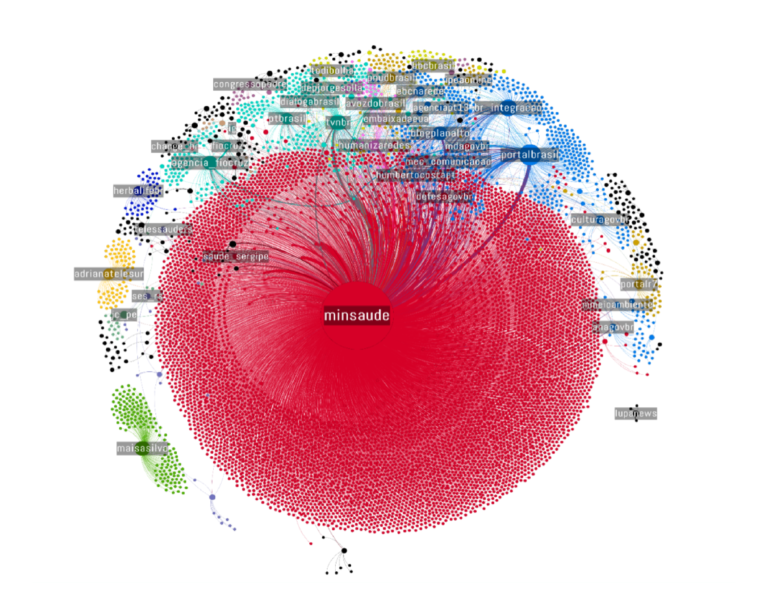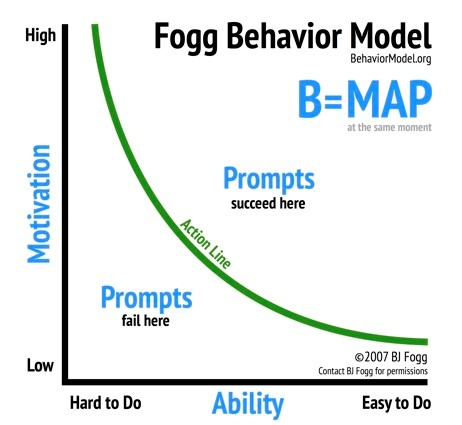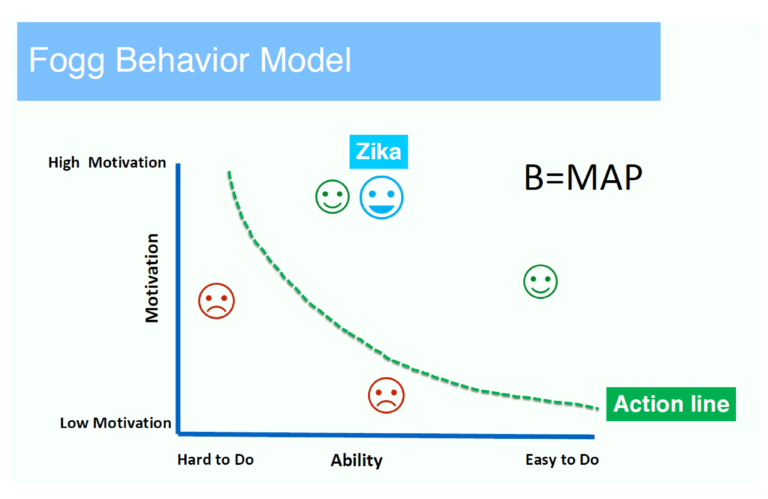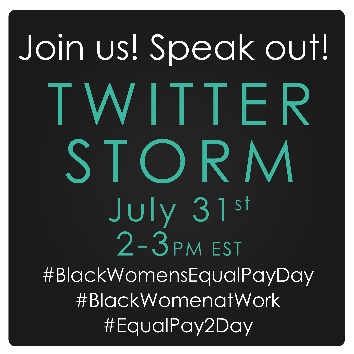Insights From the Field: Edith Asibey
Edith Asibey is an expert in global advocacy and digital communications. From working with UNICEF during the Zika crisis in Brazil to the teaching at New York University, she has gathered important lessons for motivating people to take action. Edith generously shared some of these tools and strategies with Spitfire at our monthly Spitfire U: Strategy Lab at our new office in Washington, D.C.
1. Track insights
Edith began by asking why people are not engaging with the issues they care about. We have passionate people, and we have great causes, so then why is engagement on these social issues so low? She walked through the many factors that can affect engagement, such as: Who else is talking about an issue? Who is listening? What information are people looking for, and what’s the best way to reach them? While the initial list of questions was overwhelming when it comes to creating a communications campaign, she showed us the power of insights with some out-of-the-box analytic tools.
 I thought I was pretty familiar with analytics, but there are so many cool and easily accessible tools out there for tracking conversations in specific ways that I hadn’t yet discovered. For instance, she showed us how UNICEF used big data to make smart, strategic decisions and realign its response to the Zika virus crisis. It started by asking how people were talking about Zika and how UNICEF could engage with people to protect themselves and others.
I thought I was pretty familiar with analytics, but there are so many cool and easily accessible tools out there for tracking conversations in specific ways that I hadn’t yet discovered. For instance, she showed us how UNICEF used big data to make smart, strategic decisions and realign its response to the Zika virus crisis. It started by asking how people were talking about Zika and how UNICEF could engage with people to protect themselves and others.
Through digital listening, UNICEF then tracked where people were talking about related issues, the specific content of these conversations and which demographics were seeking out information on the virus. Insights such as looking at the geographic locations where Zika outbreaks were and where the UNICEF service areas overlapped helped show what, where and who was having these conversations. UNICEF was also able to track conversations over the course of a year to see how they grew and shifted. It even found out that its original research was missing a big audience: Males and dads were being left out of the conversation. Insights like these were game changers for developing an effective communication strategy. With these new insights, UNICEF saw online engagement rates increase greatly, making its work much more effective.
Edith’s presentation reminded Spitfire just how many resources there are for tracking insights and listening in new ways, such as: 
- ActionSprout for tools and tracking on Facebook. This company is on a mission “to make Facebook the most powerful channel in the world for good.”
- Socialbakers for managing and measuring everything from social media to your audiences in one place.
- Talkwalker for social listening, analytics and influencer marketing software.
2. Fogg’s Behavior Model

Edith also introduced Dr. BJ Fogg’s Behavior Model, which proposes three elements that must converge for behavior to occur: motivation, ability and a prompt. Counter to what you may think, Fogg claims that motivation isn’t actually the main predictor of behavior. Rather, motivation, ability, and prompt must all work together to create action.

Edith applied her experience with UNICEF to demonstrate how the organization’s work combined motivation, ability and prompt to fall above the action line.
When looking at your own campaigns, Spitfire recommends taking a step back and looking at all three of these elements. Are motivation, ability and prompt all accounted for? Could any of them be improved to help increase engagement?
3. Tiny Habits Can Create Big Change
What is a tiny habit? A tiny habit is one that you do once a day and that takes fewer than 30 seconds, requires little effort and is prompted by existing habits; this last part is key. Some of Edith’s examples were:
- Brush your teeth (existing habit) and then floss one tooth (tiny habit).
- When you get out of bed (existing habit), say “Today will be a great day” (tiny habit).
When you stop to think about it, many social activism campaigns already utilize elements of tiny habits. Simple actions from donating to someone’s birthday Facebook fundraiser to taking 60 seconds to read an article on an issue you care about counts as tiny actions or tiny behaviors. For example, Spitfire has worked with many organizations such as Equal Pay Today! that lead twitter storms, where people tweet or retweet about an issue during a certain time frame. And while just one or two tweets are a simple ask, when they all accumulate – that creates a storm of voices that are impossible to ignore.
However, Edith is encouraging us to go a step further: think about people’s existing habits and consider how our calls to action could be anchored to them to achieve better results. Motivating people to take action is a complex concept, which takes listening with the right tools and factoring in the right elements to be effective. But by making tiny changes, bit by bit, instead of demanding one big change all at once, you can shift the conversation and inspire meaningful action.
Creating behavior change and engagement is a hefty task. Take advantage of the resources and ideas from others in the field to make your smart strategy even smarter and even more strategic. If you need a place to get started, check out Spitfire’s free and easily accessible communication tools here.

